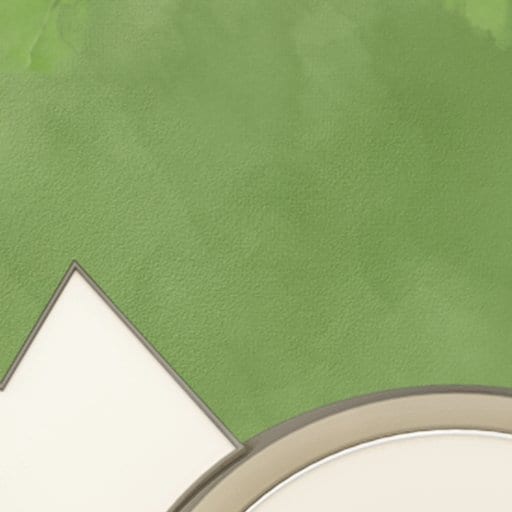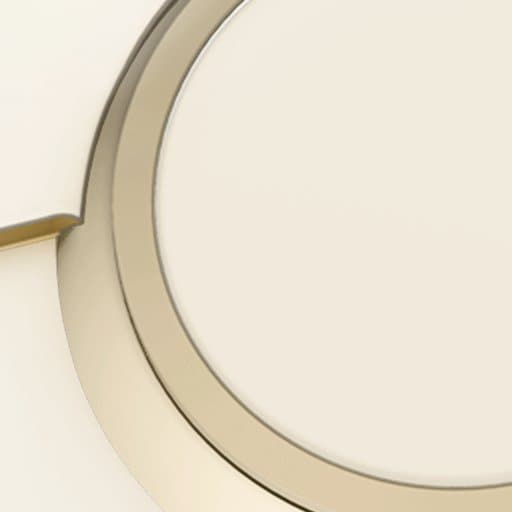
Tortugas Marinas: Animales de Disney
Mira a estos elegantes animales marinos planeando mientras la "aplastan" totalmente en su acuario de EPCOT.
Tortugas marinas en Walt Disney World Resort
Las tortugas marinas viven en aguas cálidas del océano en todo el mundo. Se alimentan en lechos de tierras marinas poco profundas, arrecifes de coral y el océano abierto, y se alimentan a largas distancias desde sus áreas de alimentación hasta las playas de anidación donde las mujeres ponen sus huevos.
Puedes ver a estas asombrosas criaturas cerca mientras nuestras tortugas marinas cabeza de tortuga verde y azul navegan sin esfuerzo por The Seas con Nemo & Friends en EPCOT.
Puedes ver a estas asombrosas criaturas cerca mientras nuestras tortugas marinas cabeza de tortuga verde y azul navegan sin esfuerzo por The Seas con Nemo & Friends en EPCOT.
Un Hogar Lejos de Casa
Las tortugas marinas comparten un acuario de agua salada de 5.7 millones de galones (21.6 millones de litros) con 50 más de otras especies. El arrecife de coral creado por Disney ofrece espacios para que las tortugas naden, exploren y descansen como lo harían en el océano.
- Comidas Hechas a Pedido: Las tortugas marinas verdes son vegetarianas vorazes y comen aproximadamente 20 libras de lechuga y repollo por día. En la vida salvaje, comen tanta hierba que la grasa que hay debajo de sus caparazones se vuelve verde, ¡así es como reciben su nombre!
Las tortugas bobas son carnívoras, por lo que su dieta incluye calamares y arenques, además de una vitamina especial. - Un Chequeo Mientras Comen: Los expertos en el cuidado de animales de Disney entrenan a las tortugas marinas a salir a la superficie a la hora de la comida, para que puedan controlar su dieta e inspeccionarlas para asegurarse de que están saludables.
Preservación de Disney: Salvemos a las tortugas marinas
Las poblaciones de tortugas marinas han sufrido un rápido declive debido a la pérdida de hábitat, la reducción de grandes presas y el aumento de la caza escalfada.
The Walt Disney Company se compromete a la protección de la vida silvestre y a de la magia de la naturaleza como parte de una comunidad global. Desde 1995, el Disney Conservation Fund * ha apoyado los esfuerzos de conservación de tortugas marinas al proteger los hábitats, educar a las comunidades y colaborar con las comunidades locales y los conservacionistas de tortugas marinas de todo el mundo.
The Walt Disney Company se compromete a la protección de la vida silvestre y a de la magia de la naturaleza como parte de una comunidad global. Desde 1995, el Disney Conservation Fund * ha apoyado los esfuerzos de conservación de tortugas marinas al proteger los hábitats, educar a las comunidades y colaborar con las comunidades locales y los conservacionistas de tortugas marinas de todo el mundo.
*The Disney Conservation Fund is supported by The Walt Disney Company and Guests of Walt Disney Parks and Resorts, with 100% of Guest contributions matched by Disney and directed to nonprofit organizations. Additionally, Disney covers all costs of managing the fund. The Disney Conservation Fund is not a charitable organization, and donations are not deductible as charitable contributions for US tax purposes.







